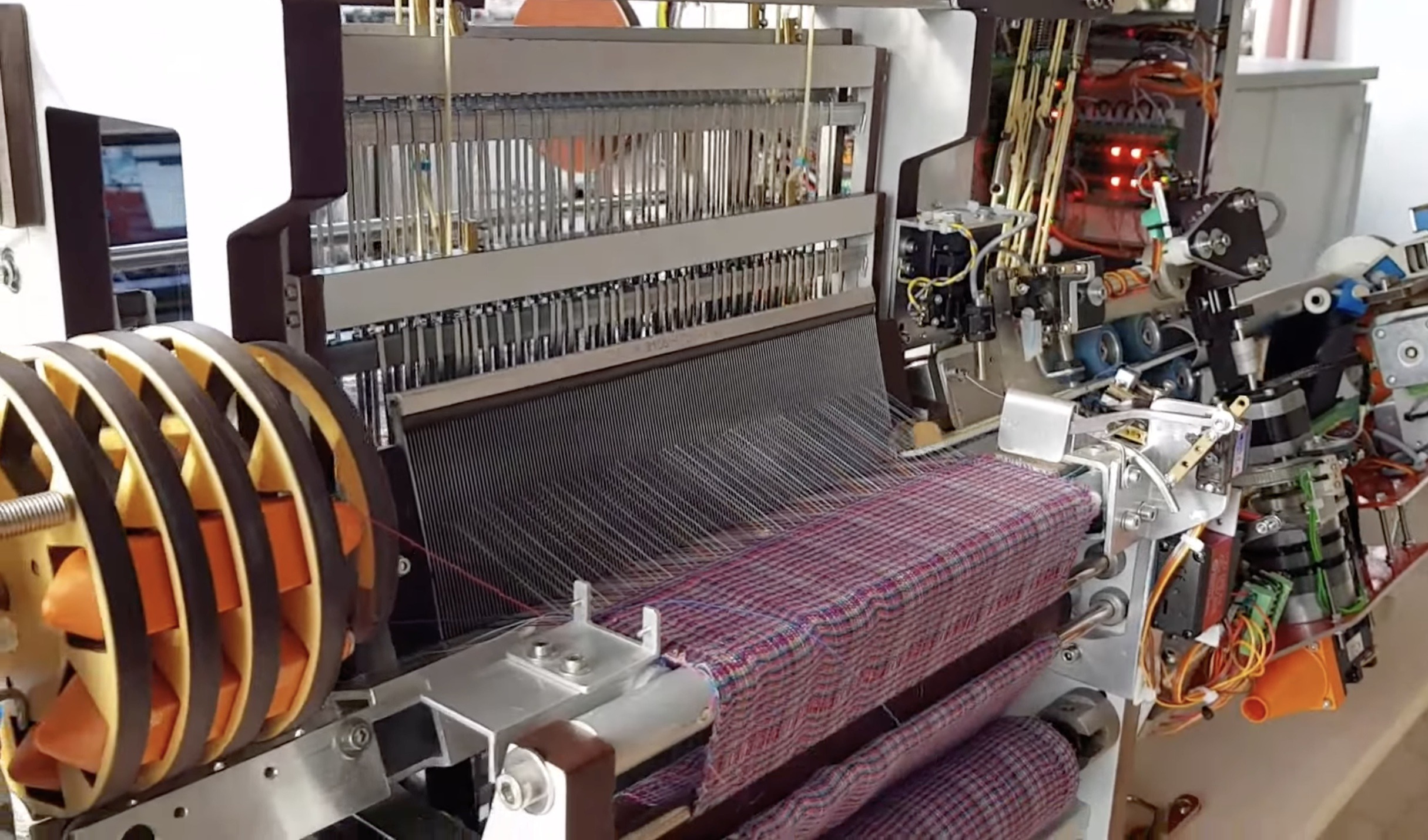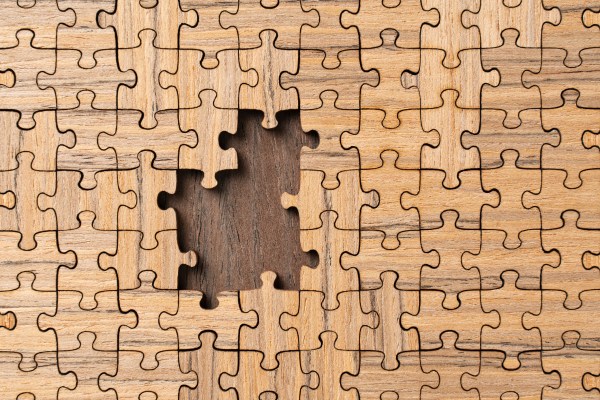Fully automated desktop weaving machine controlled by Arduino
Fully automated desktop weaving machine controlled by Arduino
Arduino Team — November 29, 2022

Automated weaving machines are one of the most important (and underrated) advancements to come out of the Industrial Revolution. Before their invention, most people owned only a few garments that were woven and maintained by the family. With the introduction of machines capable of producing textiles, affordable clothing suddenly became available. As an industry expert, Roger de Meester was able to build a fully automated weaving machine controlled by Arduino boards.
Unlike the first weaving machines of the industrial revolution which could only produce patterns inherent in their construction, de Meester's desktop weaving machine uses sophisticated computer control to produce a vast array of patterns on demand. A new pattern can be completely different from the previous pattern and the machine can even adjust the pattern on the fly during the weaving process, which means it can create rich tapestries.

This machine is incredibly complex, because it does not rely on any mechanical coupling. This means that every facet of the machine's operation is adjustable via a stepper motor, DC motor or servo motor. There are a lot of motors to drive, so de Meester needed several Arduino boards: an Arduino Mega 2560 and two Arduino Nanos. The mechanical components are 3D printed (like the shuttles) or made from aluminum and wood extrusion (like the frame).
None of our descriptions can do this project justice, so be sure to watch the video to see de Meester's machine in action.

Arduino Team — November 29, 2022

Automated weaving machines are one of the most important (and underrated) advancements to come out of the Industrial Revolution. Before their invention, most people owned only a few garments that were woven and maintained by the family. With the introduction of machines capable of producing textiles, affordable clothing suddenly became available. As an industry expert, Roger de Meester was able to build a fully automated weaving machine controlled by Arduino boards.
Unlike the first weaving machines of the industrial revolution which could only produce patterns inherent in their construction, de Meester's desktop weaving machine uses sophisticated computer control to produce a vast array of patterns on demand. A new pattern can be completely different from the previous pattern and the machine can even adjust the pattern on the fly during the weaving process, which means it can create rich tapestries.

This machine is incredibly complex, because it does not rely on any mechanical coupling. This means that every facet of the machine's operation is adjustable via a stepper motor, DC motor or servo motor. There are a lot of motors to drive, so de Meester needed several Arduino boards: an Arduino Mega 2560 and two Arduino Nanos. The mechanical components are 3D printed (like the shuttles) or made from aluminum and wood extrusion (like the frame).
None of our descriptions can do this project justice, so be sure to watch the video to see de Meester's machine in action.
What's Your Reaction?






















